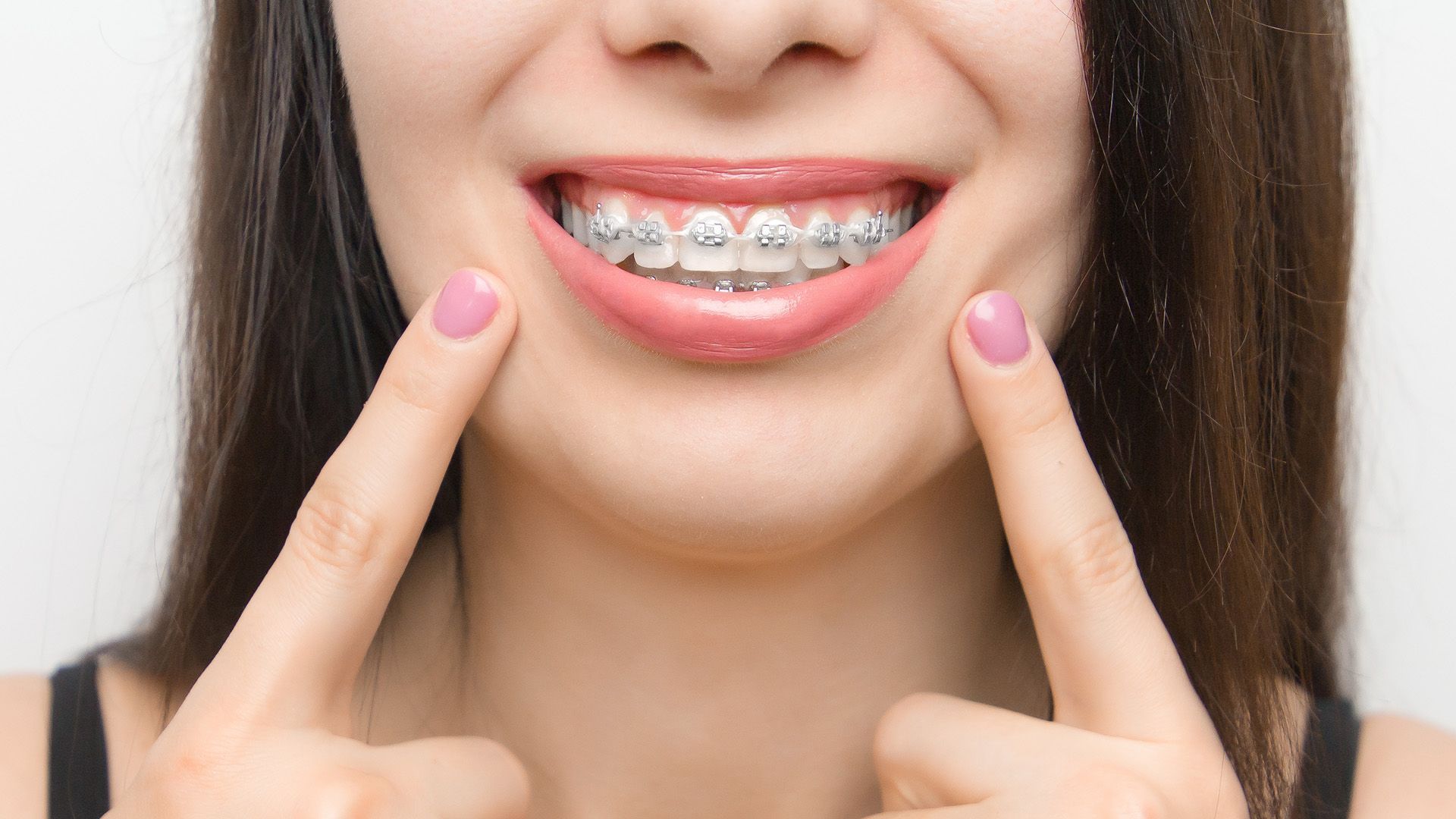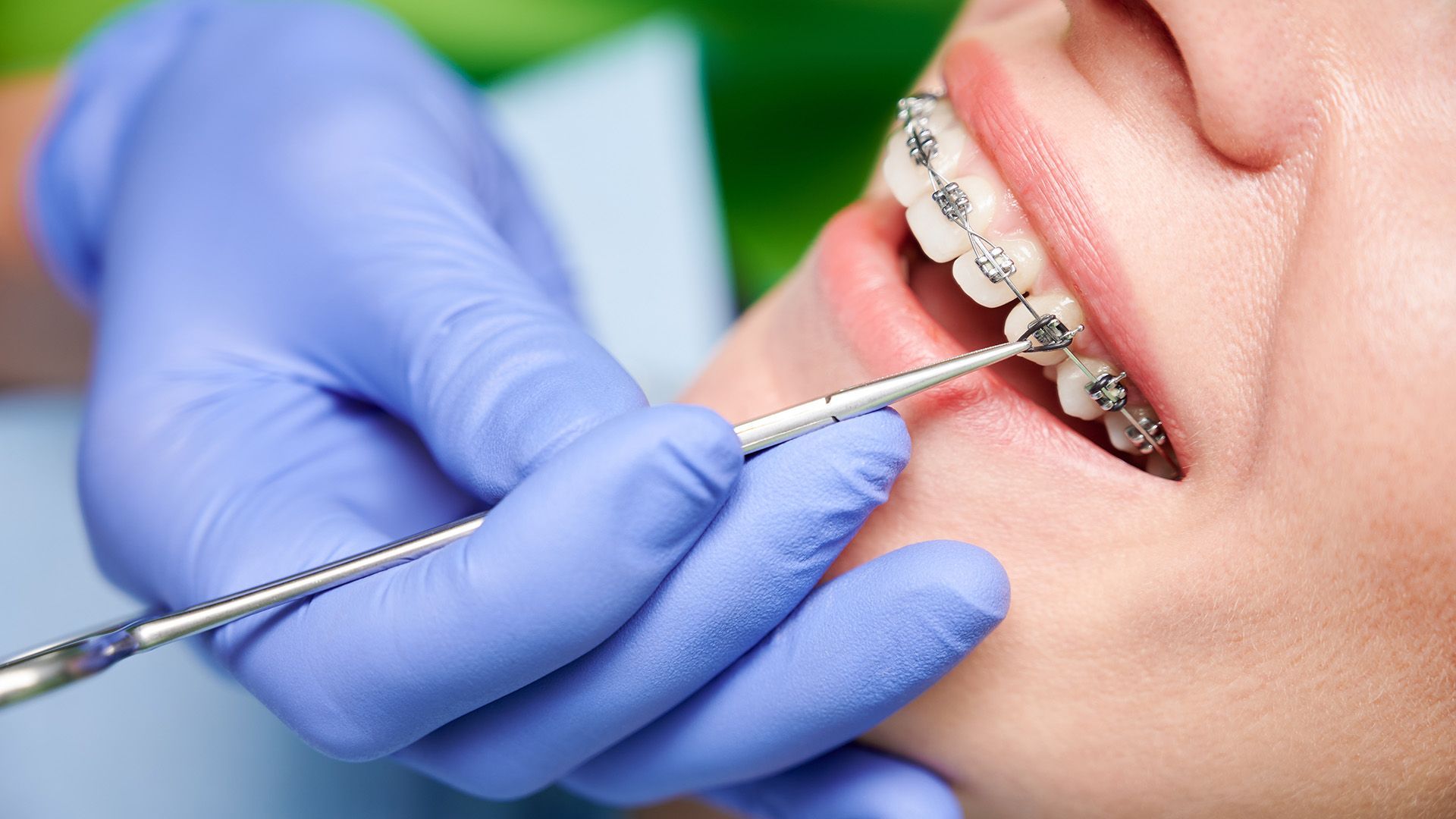Understanding Spaces Between Teeth
Spaces between teeth, often known as gaps or diastemas, can impact both the look of your smile and your oral health. Many people wonder why these gaps occur, how they can affect oral health, and what treatments are available. It is important to know the causes of spaces between teeth, as they may be due to genetic factors, dental habits, or other underlying issues. This article delves into the causes, effects, and treatment options for spaces between teeth. By understanding this subject, you can make informed decisions about your dental health and work towards achieving your ideal smile.

Overview of Spaces Between Teeth
Spaces between teeth, or diastema, are gaps that can appear between two or more adjacent teeth. These gaps may occur due to several reasons such as genetics, the relative size of teeth to the jawbone, or premature loss of baby teeth. These spaces aren't only about aesthetics; they can affect oral health by creating pockets where food and plaque accumulate, leading to potential dental issues like gum disease or cavities.
In dental terminology, 'spacing' refers to the distribution of teeth within the dental arch, while 'crowding' indicates a lack of space, causing teeth to overlap. Understanding these terms is essential for effective communication with dental professionals and for making informed decisions about treatment options.
Addressing gaps between teeth is vital for enhancing dental aesthetics. An evenly spaced smile can boost self-confidence and improve your appearance. Moreover, properly aligned teeth are easier to clean and maintain, contributing to better oral hygiene. Correcting big gaps in teeth can help achieve both a beautiful smile and optimal dental health.
Causes of Spaces Between Teeth
Identifying the causes of spaces between teeth is crucial for effective treatment and maintaining good dental health. Genetics play a significant role; just as physical traits like eye color or hair type can be inherited, the size and shape of your jaw and teeth may also be influenced by family history. If your parents had gaps between their teeth, there is a possibility you might experience similar spacing issues.
Oral habits, especially in children, are another contributing factor. Behaviors such as thumb sucking or tongue thrusting can disrupt the natural alignment of teeth. If a child persistently sucks their thumb or pushes their tongue against their teeth, it may lead to improper positioning, resulting in gaps. Addressing these habits early can greatly reduce the chances of developing noticeable spaces between teeth.
Additionally, dental health issues, particularly gum disease, can contribute to the formation of gaps between teeth. Advanced gum disease can cause gums to recede and weaken the supporting bone structure, leading to tooth mobility and spacing. Maintaining good oral hygiene and regular dental check-ups are essential in preventing gum disease and its associated complications. By understanding these causes, you can take proactive steps towards achieving a healthier, more aligned smile.
Potential Effects of Gaps Between Teeth
Gaps between teeth, often known as diastema, can have significant implications for both oral health and overall well-being. A primary concern with these gaps is their potential impact on oral health and function. Misalignment caused by gaps can lead to bite issues, which may result in uneven wear on teeth, jaw discomfort, and even temporomandibular joint (TMJ) disorders. Proper alignment is crucial for effective chewing and speaking, and spaces between teeth can disrupt this balance.
Beyond physical health, big gaps in teeth can also affect self-esteem and social interactions. Individuals with noticeable spaces might feel self-conscious about their smiles, leading to hesitancy in social situations or reluctance to engage in conversations. This can significantly impact personal and professional relationships, as confidence is key in how we present ourselves to the world.
Furthermore, gaps can be indicative of underlying dental issues. Spaces between teeth can increase the risk of gum disease and tooth decay because food particles can become trapped in these areas, making oral hygiene more challenging. It's important to address these gaps not only for aesthetic reasons but also to prevent more serious dental problems in the future. Consulting an orthodontic professional can help evaluate the best course of action to mitigate these effects and achieve a healthier, more confident smile.
Treatment Options for Spaces Between Teeth
When addressing spaces between teeth, there are several orthodontic treatments available to effectively close gaps and enhance your smile. Traditional braces are a popular option, using brackets and wires to gradually shift teeth into their desired positions. For those looking for a more discreet solution, clear aligners provide a nearly invisible way to achieve similar results without the bulk of metal braces.
Besides orthodontic treatments, non-invasive cosmetic procedures can also be considered for closing gaps between teeth. Dental bonding involves applying a tooth-colored resin to the affected area, effectively filling in the space and improving appearance. Veneers, thin porcelain shells custom-made to cover the front surfaces of your teeth, provide a seamless look while addressing minor spacing issues.
It is important to recognize the value of personalized treatment plans designed by dental professionals. Every smile is unique, and what works for one person may not be suitable for another. By consulting with an experienced orthodontist, you can receive a comprehensive evaluation and recommendations tailored to your specific needs, ensuring you achieve the best possible results on your journey to a confident smile.













